Roads Of The World That Even Experienced Drivers Will Feel Nervous Driving Down
It is common for people to believe that just about any road we travel on is secure and will deliver us to the desired location, safe and sound. This is not always the reality, unfortunately. As it turns out, so many roadways worldwide are plain unfit for human mobility. Interestingly, most of these highways offer magnificent scenery because they were constructed in many of the world’s most beautiful environments. Essentially, the more gorgeous a location is, the more difficult it is to get there in one piece. It’s both funny and sad how those two traits intertwine like that. These were some of the world’s most deadly roads, and reasons why avoiding them would be a good idea in the long run.
China: Tianmen Shan Big Gate Road
The existence of a lot of twisty roads is natural, even with the advent of highways. But this one could become the craziest of them all! The Big Gate Road, which runs alongside Tianmen Mountain’s National Park, rises 3,000 feet in just six miles.
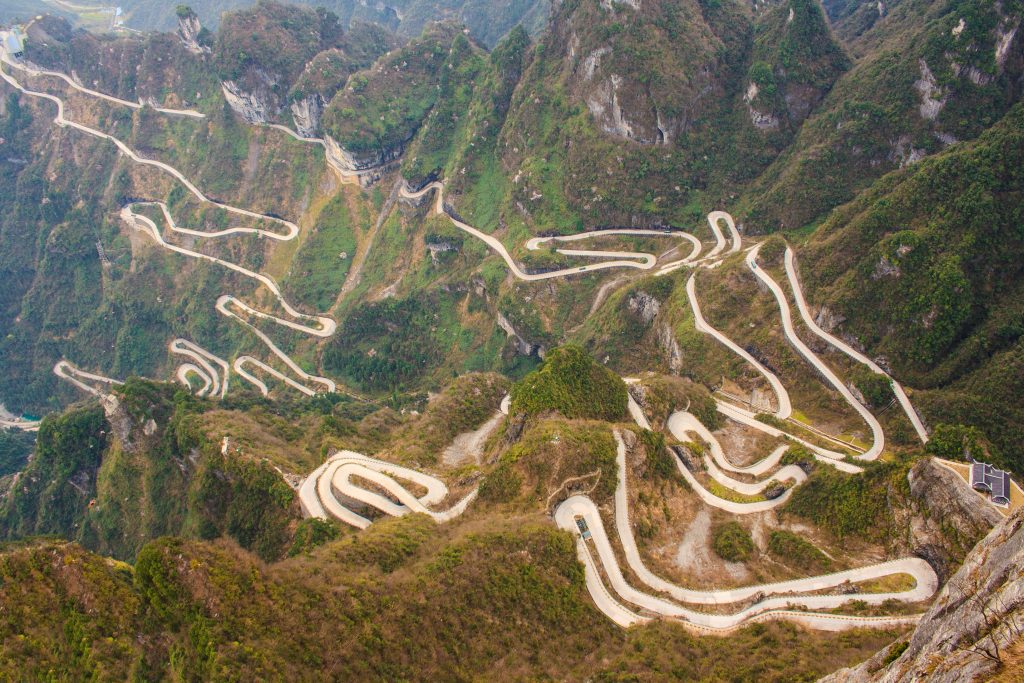
Many courageous visitors and residents will try to drive to its very summit. But there are viable substitutes to this risky way. The cable car that follows it is the longest one in existence. We are not sure we’re impressed or scared.
New Zealand: Skippers Canyon Road
If you watched Lord of the Rings and loved it, you might know the following tidbit. Peter Jackson shot most of it in New Zealand, using its breathtakingly beautiful scenery as his Middle Earth. There appears to be a treacherous roadway just around the corner from the filming lot.
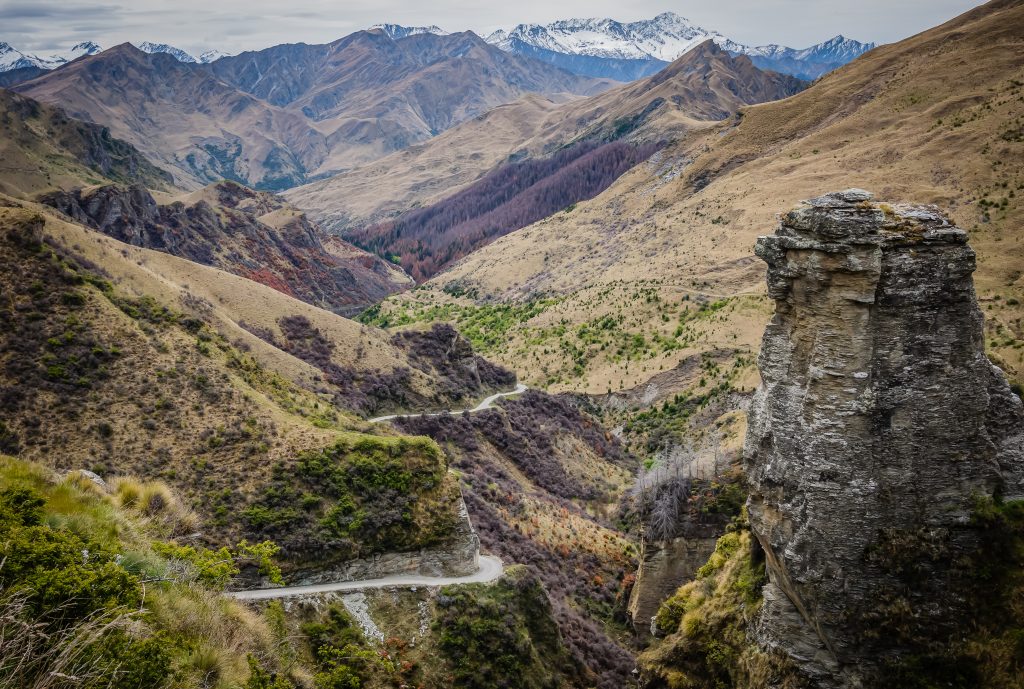
Skippers Canyon Road is by far the most treacherous of the bunch. There are no guardrails, even though it is built into cliffs. Also, the road is narrow, which makes for genuinely challenging driving. Go slow if you’re ever on this road.
Russia: Kuandinsky Bridge
Numerous bridges throughout the world have been classified as roadways. However, the Kuandinsky Bridge in Siberia isn’t one of them. This “highway” is made from wood and rusted steel. We think it should have just been shut to the public years ago.

The plunge into the ice is particularly off-putting as there are no guardrails or matting of just about any type. According to local news sources, only 35 people have safely traversed the bridge without causing damage to their vehicles or to themselves, which is quite a feat.
Norway: Atlantic Ocean Road
The Atlantic Ocean Road in Norway is unquestionably one of several most incredible engineering feats of all time. We mean it when we say it. This lengthy and meandering road, built mainly in the 1980s, links over five miles of islands.
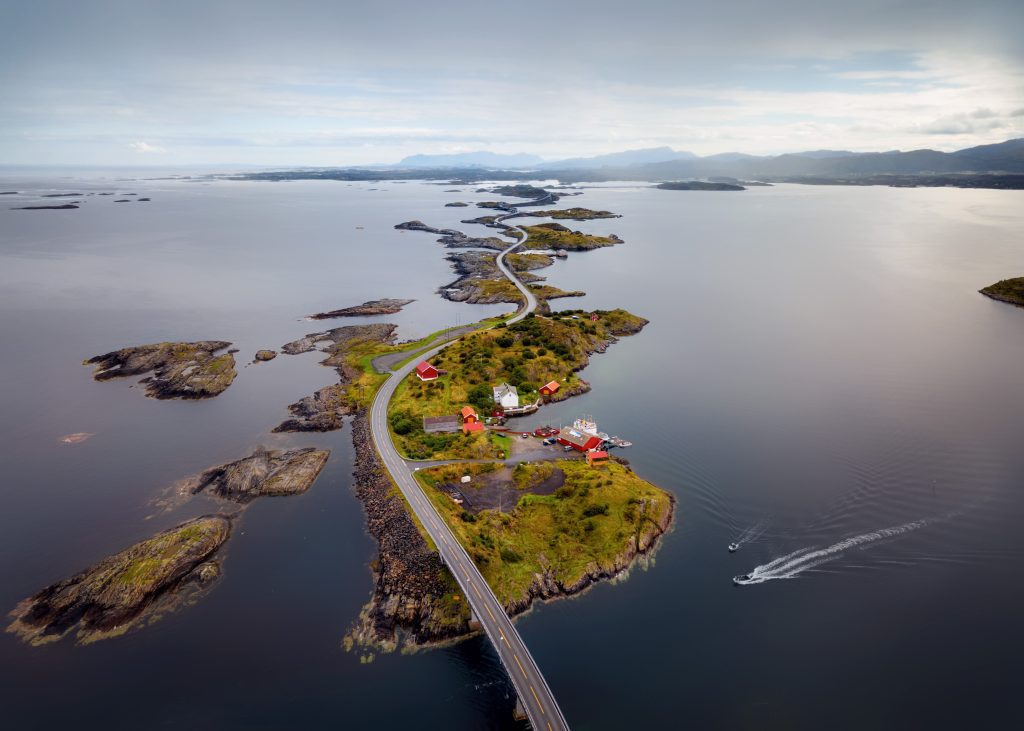
It begins with one section of mainland Norway and finishes in the other. But on the other end, it is easy to see why this might be considered hazardous. There seem to be boulders, hills, and a little thing called the ocean at almost every bend.
China: Guoliang Tunnel Road
Although China is a significant tourist destination with many intriguing sights, it also has several unsafe routes to avert. The Guoliang Tunnel Road, which has a 2,000-foot plunge at its top, is among the most dangerous. Guoliang is a formula for automotive catastrophe.
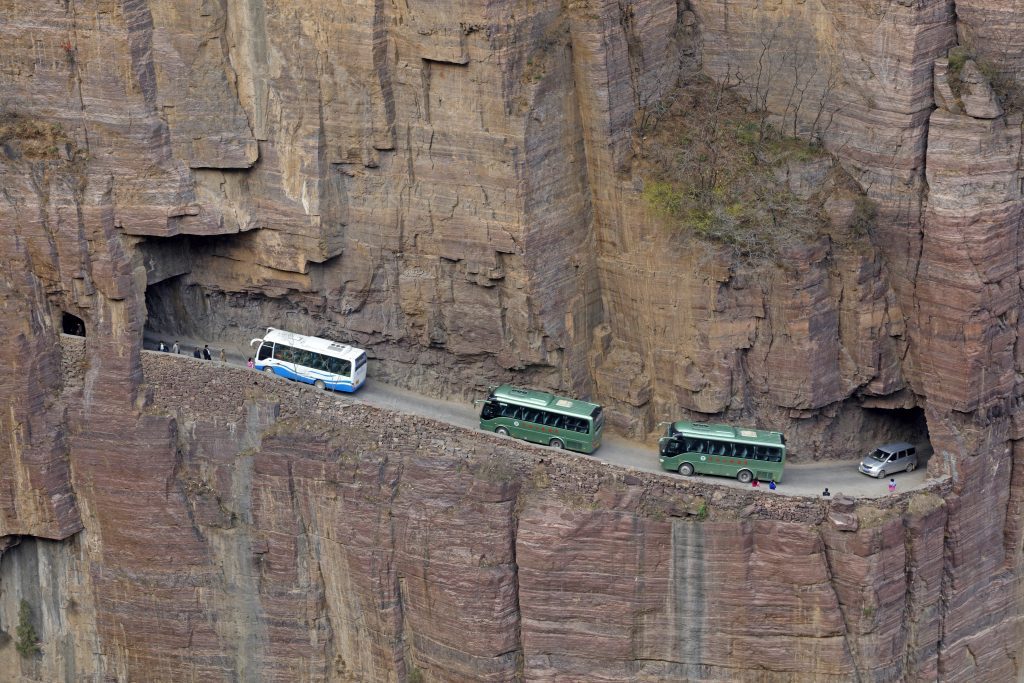
It has no guardrails. You can expect it to be covered in mist. Also, it has typically muddy terrain. A group of locals built the tunnel inside the Taihang mountains. That does not mean that it’s the best way to get out of the area!
Brazil: BR-116
Brazil’s BR-116, often called “The Highway of Death,” is a route that crosses across a number of mountainous regions. But with a steep cost! This dangerous route, which stretches for close to three thousand miles (2790 miles exactly), is quite hazardous.
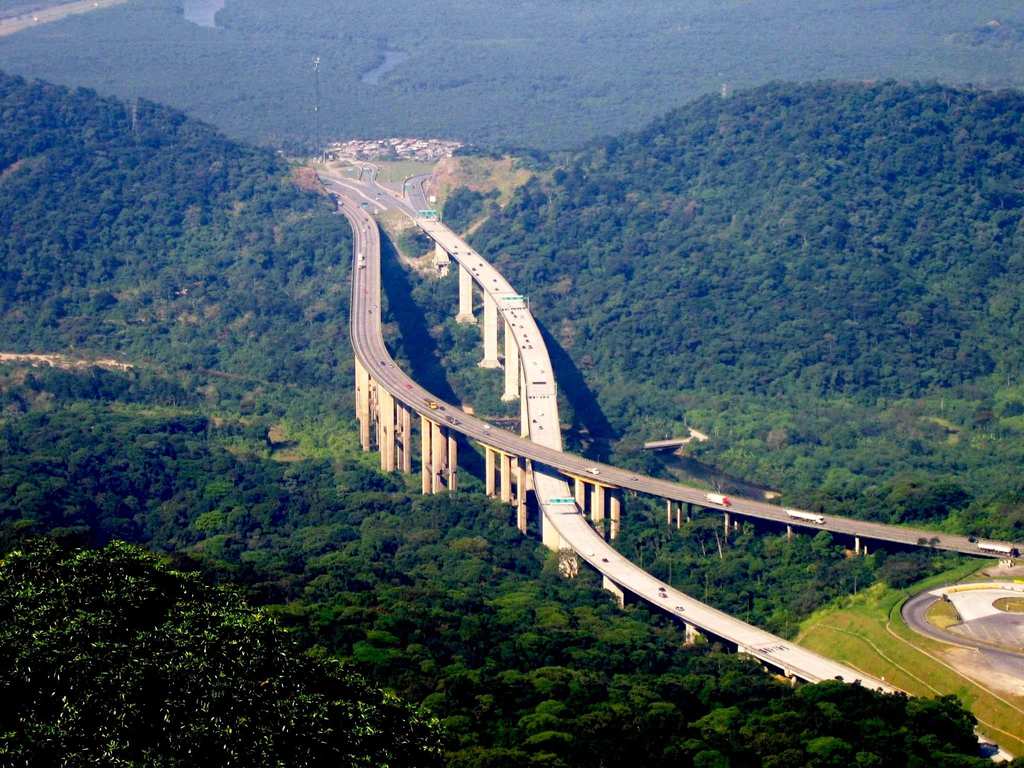
Except when you consider most of the others here on this list. Nevertheless, it has deteriorated with time and is infested with predatory criminals and nefarious characters eager to abuse unsuspecting visitors who merely like to travel and enjoy the scenery.
State of Hawaii: Kahekili Highway
One of the first things that pop into all of our minds while thinking of Hawaii is the tranquility and beautiful beaches. On the other hand, this island state has a lot of stretchy roadways that are dangerous for all travelers.
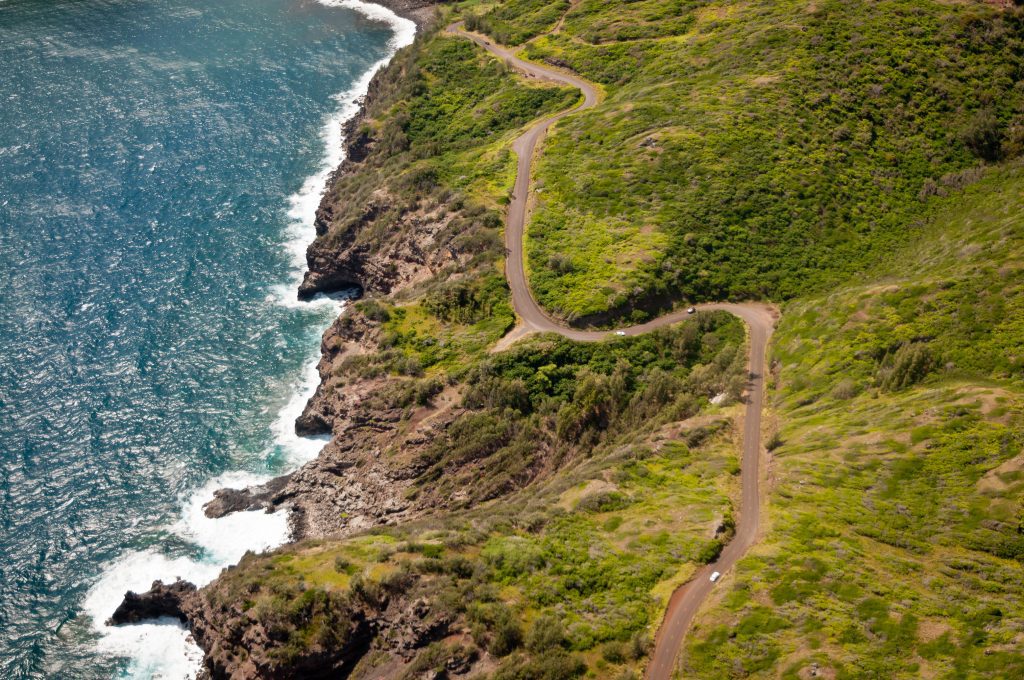
The one-lane Kahekili Highway is littered with tight turns and cliffs, making it less than suitable for the thousands of bikers that use it each year. Fortunately, the 20-mile-long roadway has recently been entirely redeveloped. That’s the first good news we’ve given on this list.
State of Alaska: James Dalton Highway
Countless people dream of visiting Alaska to see its breathtaking scenery, particularly during the winter. Meanwhile, most of the state’s various locations can only be reached by traveling down the James Dalton Highway, which is enough to keep us on the mainland.
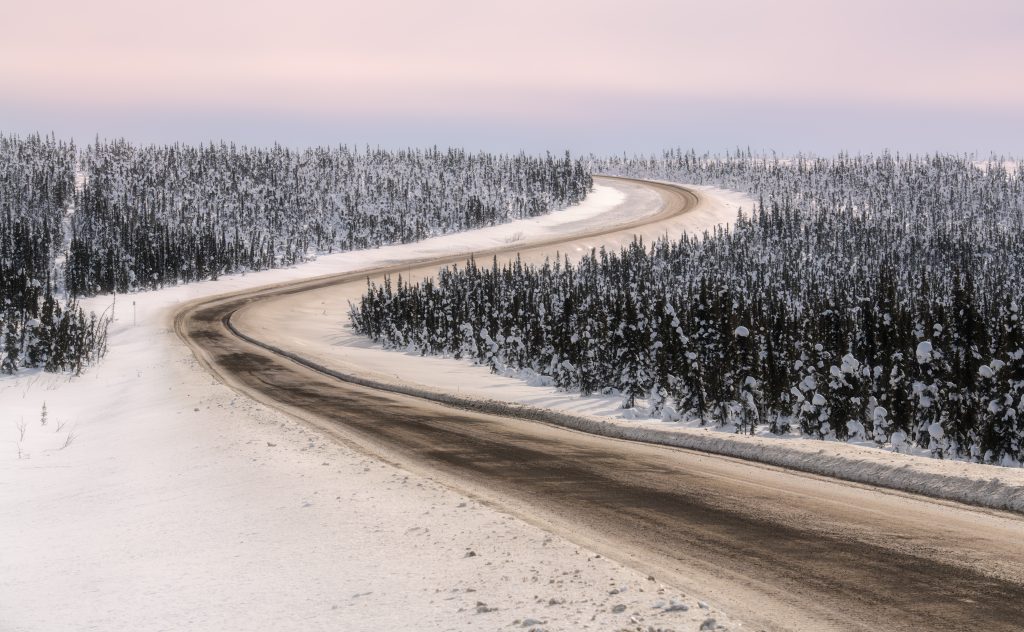
This route, which stretches for 414 miles, is especially dangerous owing to its steep slopes. There’s also the risk of isolating vehicles from nearly any form of assistance if they are involved in an accident. That’s not the way anyone thinks of spending their vacation days.
Philippines: Commonwealth Avenue
Commonwealth Avenue is yet another route that has earned the Philippines the distinction of being among the most dangerous places in the world to drive in. Despite earning the name “Killer Highway,” Commonwealth isn’t as hazardous as most of the other highways here on this list.

While at ground level and traveling in a simple straight path, Quezon City’s main route contains multiple barriers and 18 lanes, which, as you would imagine, results in approximately five vehicle accidents every day. That sounds pretty terrifying if we are being honest.
Taiwan: Taroko Gorge Road
The Taroko Gorge Road is without dispute Taiwan’s most perilous route. Bikers and trekkers equally can’t seem to stay away from such a dangerous path, known for its abrupt curves and tiny turns. It isn’t the most difficult road to navigate.

Nonetheless, the area’s enormous hills and the adverse weather that frequently impacts these sections would be enough to keep you away. Typhoons cause massive rockfalls in this area and render areas of Taroko Gorge impassable. That sounds like an awful lot of fun!
Pakistan and China: Karakoram Highway
The Karakoram Highway is a must-see on any listing of unsafe highways. 892 individuals died during construction on this 800-mile-long road connecting Pakistan and China. That was before this was even finished, almost three decades after construction started.
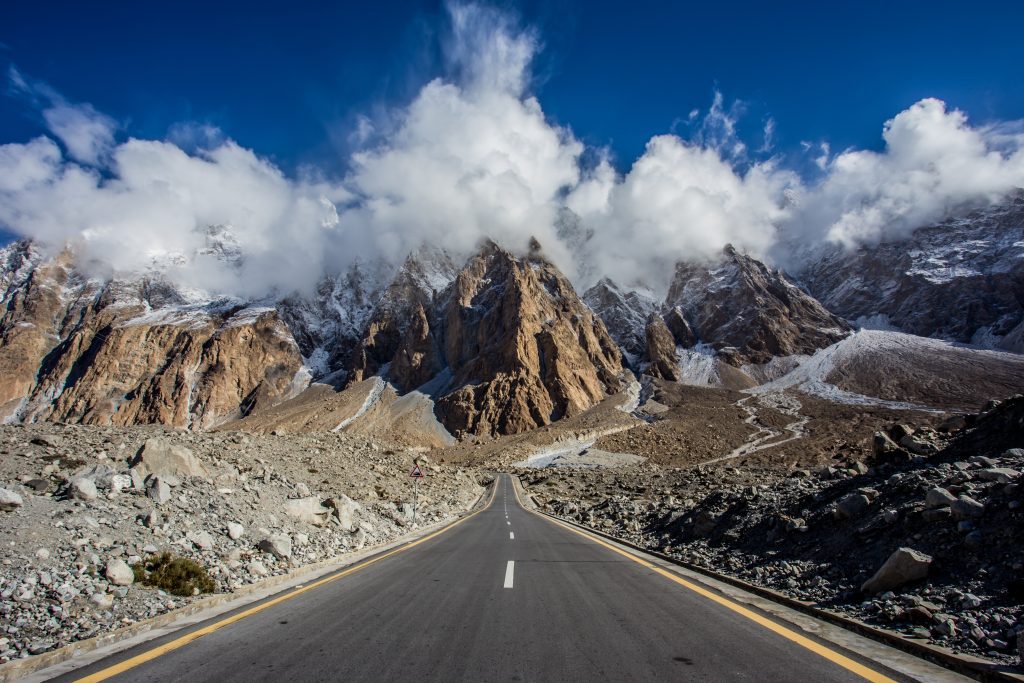
Whenever you realize that the Karakoram is bordered by hills, landslides, avalanches, and excessive snowfall are all common occurrences. If you just want to get from one nation to another quickly, we advise traveling by air as a sound option.
Argentina: Ruta 40
Argentina is, without a doubt, a vast piece of land. Therefore, if you want to see a majority of this Latin American treasure, Ruta 40 is a vital, though a risky, route to take. This federal highway runs 3,100 miles starting from La Quiaca, Jujuy, in the north.
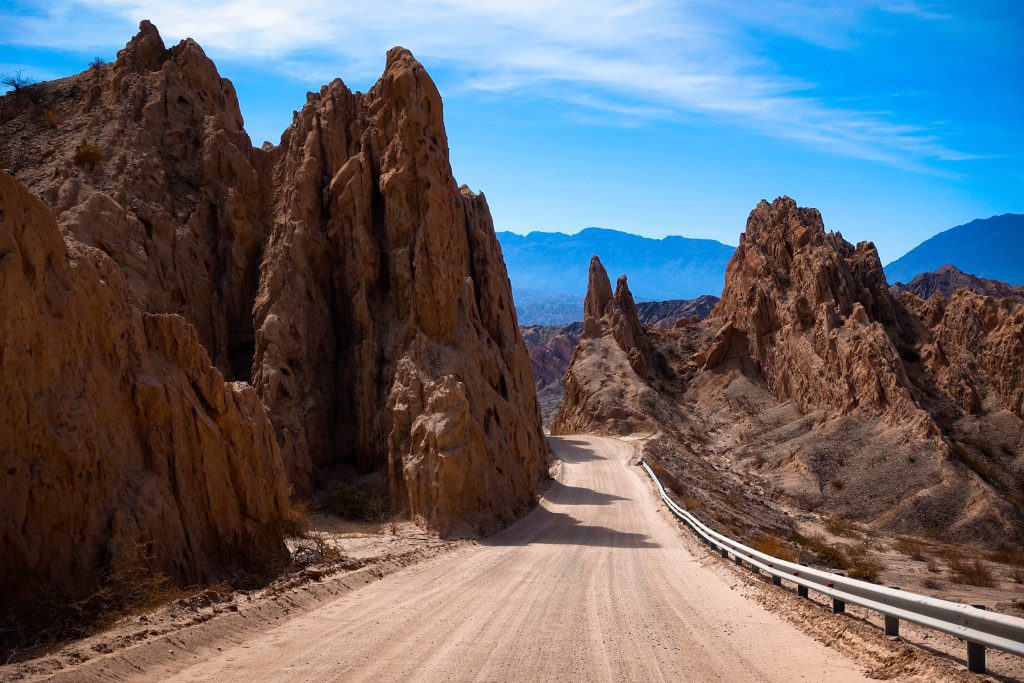
It ends at Cabo Virgenes in Santa Cruz in the south. This route isn’t the most hazardous on this list. There are more than enough bad roads to be found. Remember, though, exercising caution is a good thing, and always keep your eyes on the road.
France: Col de Turini
The Col de Turini is one of several curvy roads on just this list, but it does have many problems. Although it is well-known for being used for the Monte Carlo Race, the narrow curves have seen a high rate of accidents.
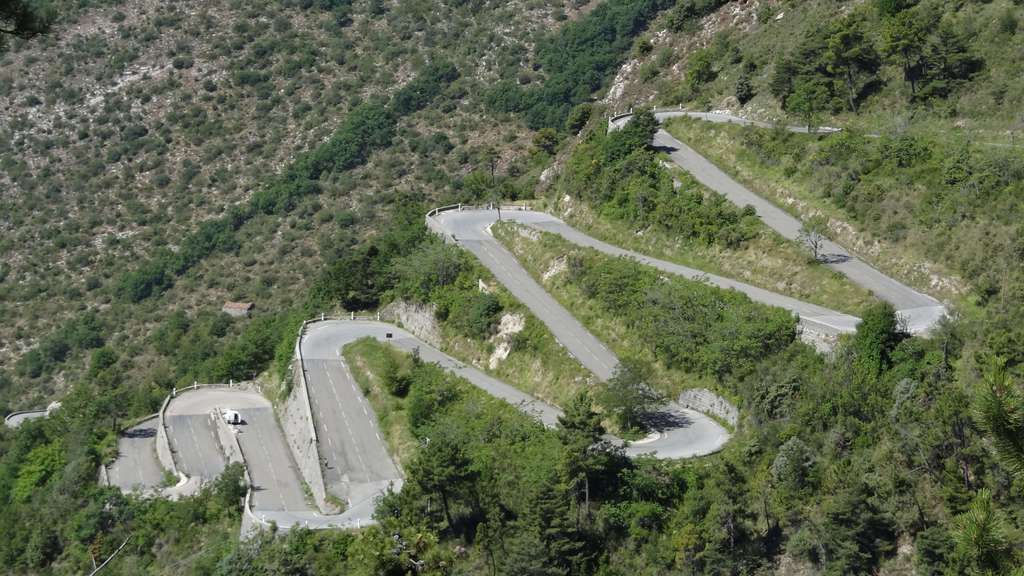
Indeed, it’s lovely, and it provides motorists with a breathtaking view of the countryside. It’s a given that the Col de Turini should not be used in bad weather. Better to always do your homework before visiting roads such as this.
Nepal: Karnali Highway
Even in the right set of circumstances, one-lane roadways are hazardous. However, in terms of the Karnali Highway, this one is certainly up there on the list of the worst. Passengers and drivers equally cling on to their hats for their lives.

The drive across Karnali is surrounded by several uneven hillsides. It is also constructed beside Mount Everest’s foothills. But the Nepalese officials encourage residents not to drive there after sunset. Best to heed what the authorities say on this.
Morocco: Gorges du Dades
Several of the world’s most dangerous roadways are found in desert environments, which should make no difference. The Gorges du Dades, for instance, are indeed a twisty road in Morocco which, as you’ll see, is perilous indeed due to all of its unexpected twists and turns.
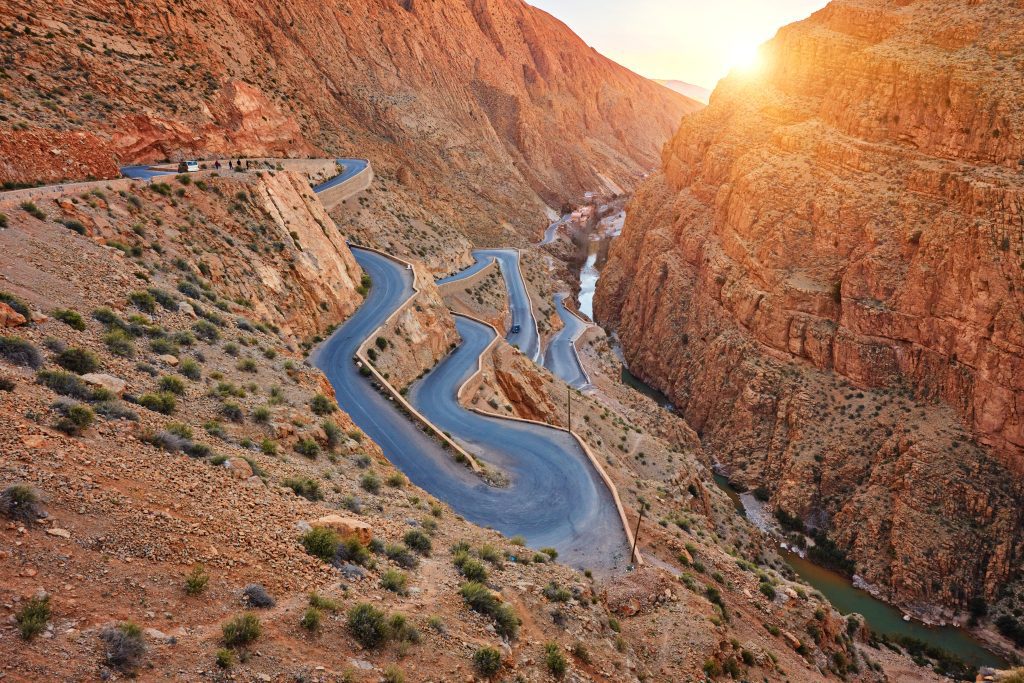
But this is not even the road’s most serious danger. The Gorges du Dades is known for many of its dangerous motorists, who will offer travelers plenty of things to worry over. Better to take a trusted chauffeur if you’re hitting this road.
State of Colorado: San Juan Skyway
Although the San Juan Skyway provides many genuinely breathtaking vistas and is among the more scenic sections of Colorado’s Million Dollar Highway, it is not without its hazards. This twisty road, flanked by snow-capped peaks, has numerous spots with no barricades.
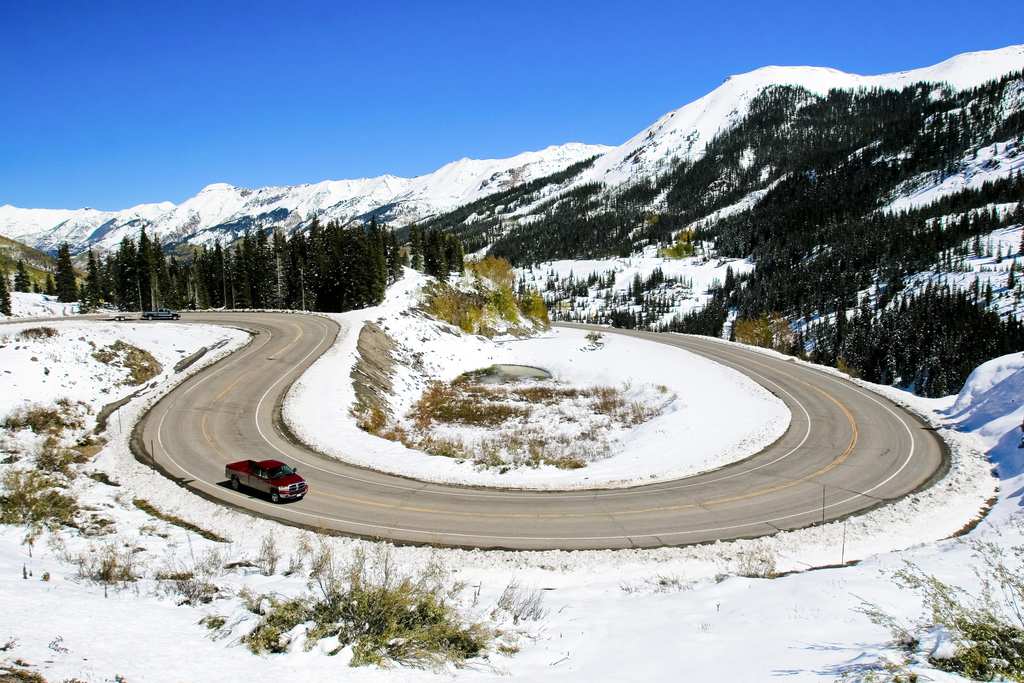
This results in numerous instances of slipping into a ravine. You could still have a serious accident if you maneuver even slightly improperly. At nighttime, motorists are suggested to avoid driving in the San Juan Skyway altogether. No scenery is worth your life in the end.
France: Passage du Gois
From the winding bends of the French Alps to the spectacular scenery and chalets of the Loire Valley, France boasts several of the most attractive and demanding routes for motorists of any and all levels. The Passage du Gois is not something like the above routes.

The 4.125 kilometer-long corridor goes to Noirmoutier Island. High tides make the road inaccessible twice a day. The officials have closed the gates to protect motorists from becoming trapped. Why? Because of those tides, it is flooded for several hours of each day.
France: Col du Chaussy
The Col du Chaussy has the potential to become the most gorgeous route here on this list! But don’t be fooled, or better yet, we suggest you be very afraid — it is also a very difficult path! That is putting it mildly.

You have to be an extremely skilled motorcyclist who can navigate sharp twists on this road. There is also the possibility of plummeting from crazy elevations. Local authorities finally got this roadway properly paved after quite a series of unfortunate events.
Italy: Stelvio Pass
With respect to its roads, Italy treads a delicate line between gorgeous and dangerous. This really is undoubtedly true of some of its highways, the most famous of which is the Stelvio Pass. This treacherous route is situated in the Italian Alps.

It was designed to lead automobiles from the top to the bottom of the valley. This journey, on the other hand, is far from straightforward. Stelvio is hazardous even in the gentlest of weather. Therefore vehicles should avoid this when there are high winds or snow.
Ecuador: Cotopaxi Volcano Road
When you have to speed past an active volcano day after day to and from work, it’s definitely time to contemplate relocating. Countless Ecuadorians are faced with the difficult job of going up the Cotopaxi Volcano Road. Man, that’s harsh!
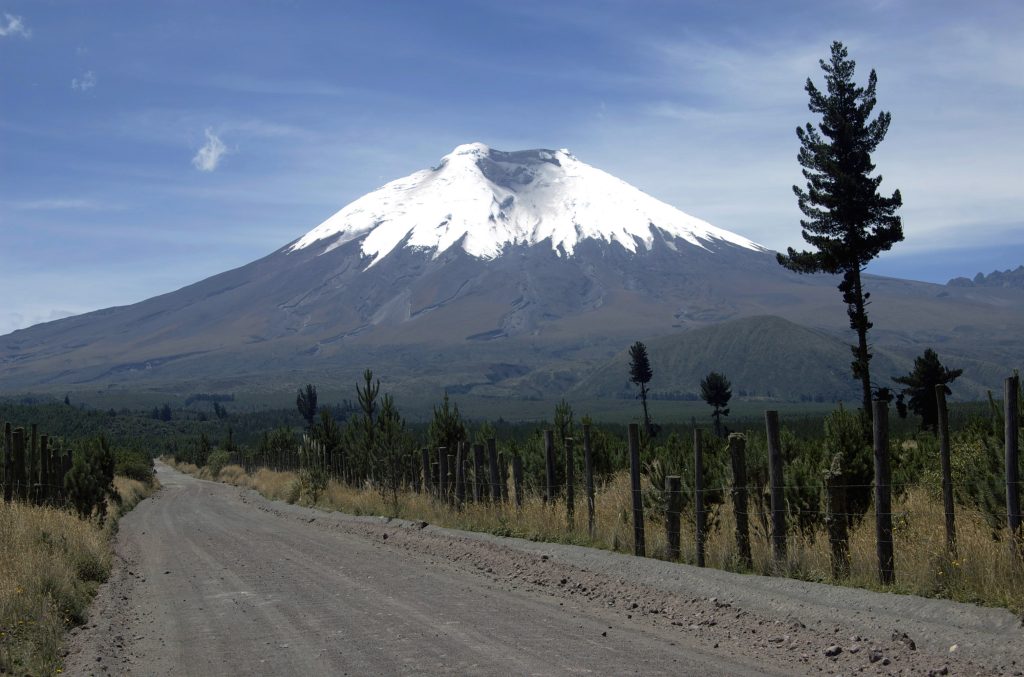
As its name implies, it leads motorists across the volatile volcano. There is also the worry about getting drenched in hot liquid magma at any moment. To add to that, if you need anything else, there are also a lot of imperfections on the road.
Scotland: A726
Whereas the snapshot may well not show any obvious signs of trouble, the A726 in Scotland is indeed a highway where so many people have been involved in accidents. Due to the route’s twisting character, numerous motorists have indeed been involved in head-on crashes.
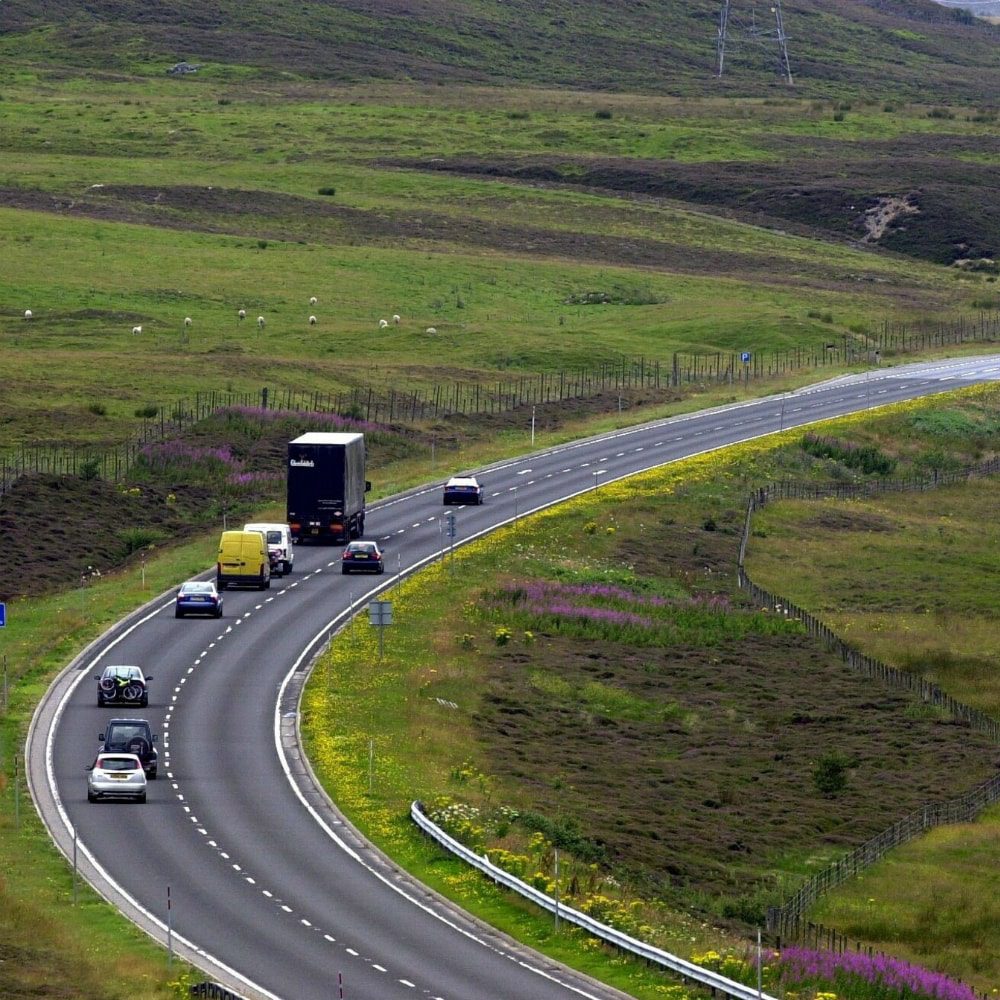
Also, so many people claim that the beautiful scenery of Scotland’s landscape causes people to lose focus on the road. The A726, according to road safety expert Graeme Macklin, is a “racecourse” for how fast people like to travel on it.
India: Killar to Pangi Road via Kishtwar
The fact that India’s Killar to Pangi Road via Kishtwar is only accessible during the summertime does not come as a shock. This route is around 70 miles long, is paved with dirt and rubble throughout, and some parts prove to be extremely dangerous.

Mainly due to the lack of safety barriers and ravines. When a motorist isn’t cautious, they may end up just at the bottom of the mountain upon which road was constructed. Even seeing footage of people going down the track can make you feel quite uneasy.
Russia: Kolyma Highway & Lena Highway
The highways below are popularly called “The Road of Bones” for a reason. The Kolyma and Lena routes, which span roughly two thousand miles through cold, murky Russian country, represent Siberian transportation in its most dangerous and difficult.
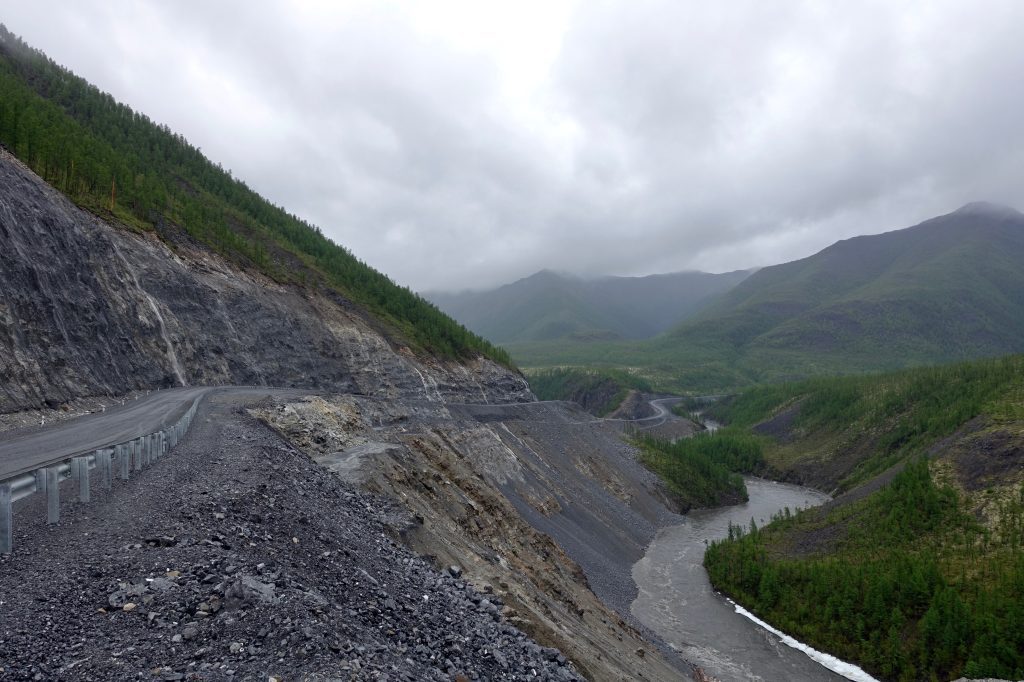
Such highways, which cross through one of the world’s harshest places, have taken a significant toll on human lives over the years. Numerous motorists’ vehicles crash through the thinnest ice patches. Drivers are discouraged from using the roads in wintertime.
Egypt: Luxor-al-Hurghada Road
This road will not have the same security issues as the other routes here on this list. But for people who travel in it, Egypt’s Luxor-al-Hurghada route has indeed been known to cause various problems. Some robbers roam the sides of the road in the dark.
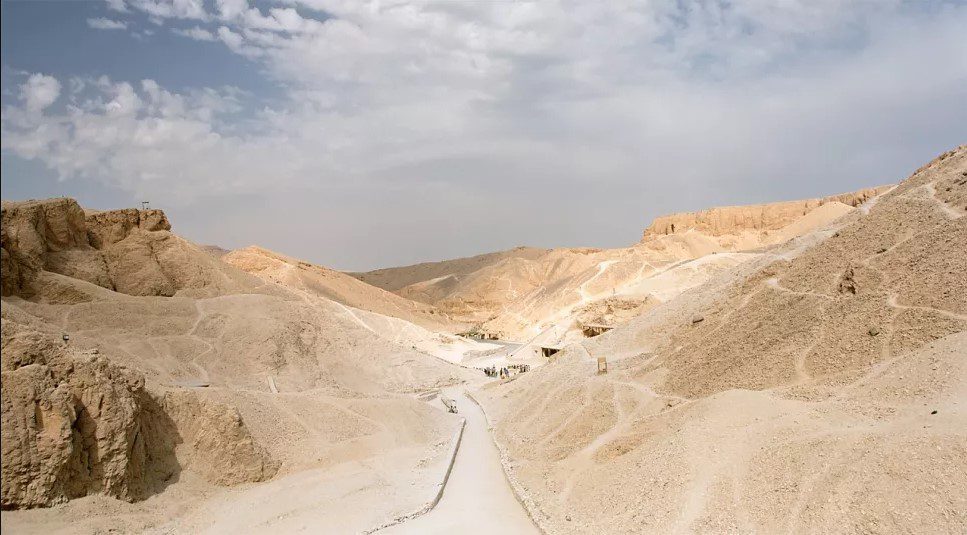
And they seek to ambush motorists, making the route particularly treacherous. Consequently, numerous cars drive along Luxor-al-Hurghada without turning on their lights. This is done to prevent being seen, which is not a good thing if you’re driving from the opposite direction.
Italy: Strada Delle 52 Gallerie (Pasubio)
Strada Delle 52 Gallerie, which translates literally to “road of 52 tunnels,” is quite the risky path to go down at any season of the year. This dilapidated roadway runs connecting the cities of Porte del Pasubio and Bocchetta Campiglia.

It was originally built during World War I for military purposes. Cycling enthusiasts nowadays see this as a challenge, and it most definitely is. Driving is not advised here because most of the sections of the road prohibit vehicles from going across.
England: A683
It may not appear to be the most hazardous route on the listing, and it isn’t. The A683 in England is unquestionably a roadway fraught with dangers. The number of road accidents and deaths on this highway appears to be increasing.
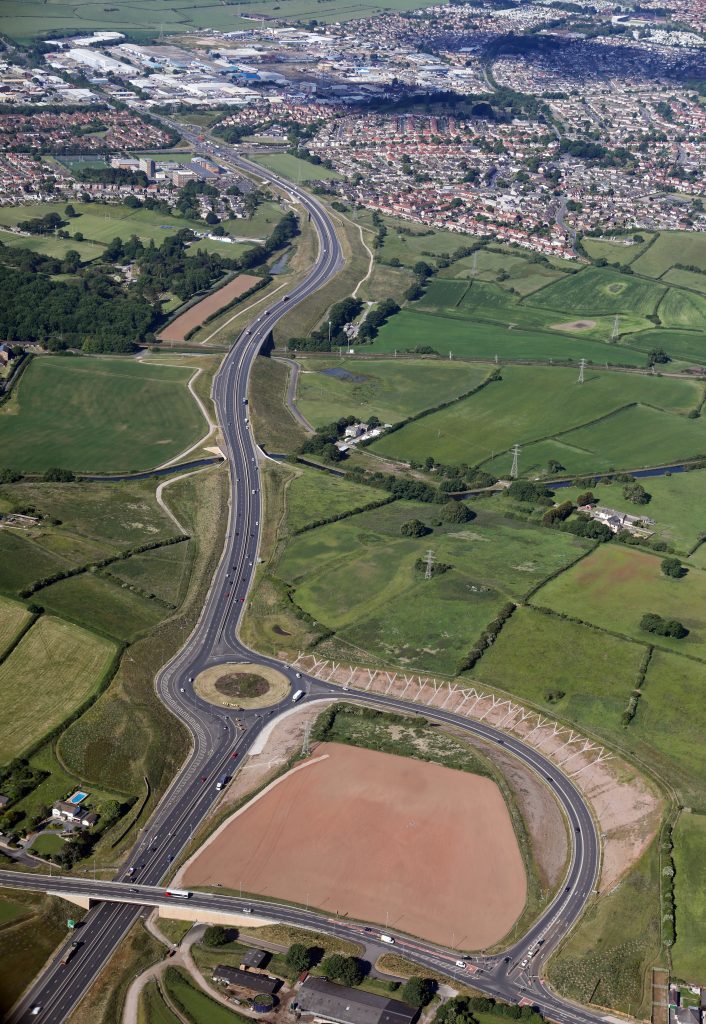
Also, most of the casualties were recorded in the last few seasons. Generally speaking, Lancashire, England, has a lot of long, curving roadways that provide a lot of difficulty for motorists. So better to keep a level head if you have to use this route.
China: Sichuan-Tibet Highway
As you have probably come to suspect, China is riddled with dangerous, hazardous, and winding roadways. The Sichuan-Tibet Highway is among the most dangerous in the world. It’s because landslides and rockfalls frequently hit it. Drivers stand a good chance of being involved in a disastrous accident.
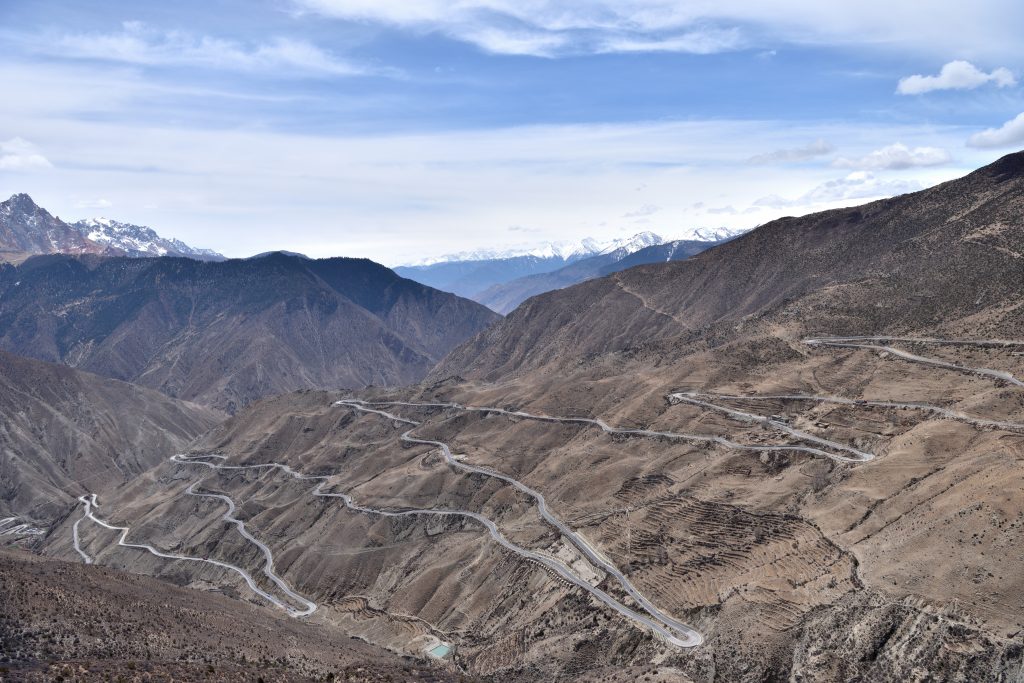
This highway was constructed in the 1950s. Therefore, it is in desperate need of some repair. It is thought to have a fatality rate of 7,500 per 100,000 users, which is a startling figure. It is frightening more than merely surprising.
Chile: Arica to Iquique Road (Ruta Nacional 5)
Though much of Chile Highway 5 has been renovated and reconstructed for health and safety purposes, the section between Arica and Iquique designated Ruta 5 remains highly dangerous. Because of the beautiful scenery, this two-lane paved road can easily distract travelers.

Consequently, numerous motorists regularly exceed the 62-mph top speed, resulting in dangerous road traffic accidents. And do not be shocked if you witness a car wreck on the side of the street. So, listen to authorities and stick to the speed limit.
Greece: Patiopoulo-Perdikaki Road
The Patiopoulo-Perdikaki route in Greece, which stretches for around 13 miles, would not be an easy experience, to say the very least. Travel brochures routinely warn visitors to avoid this treacherous country road, which herds of goats would regularly obstruct.
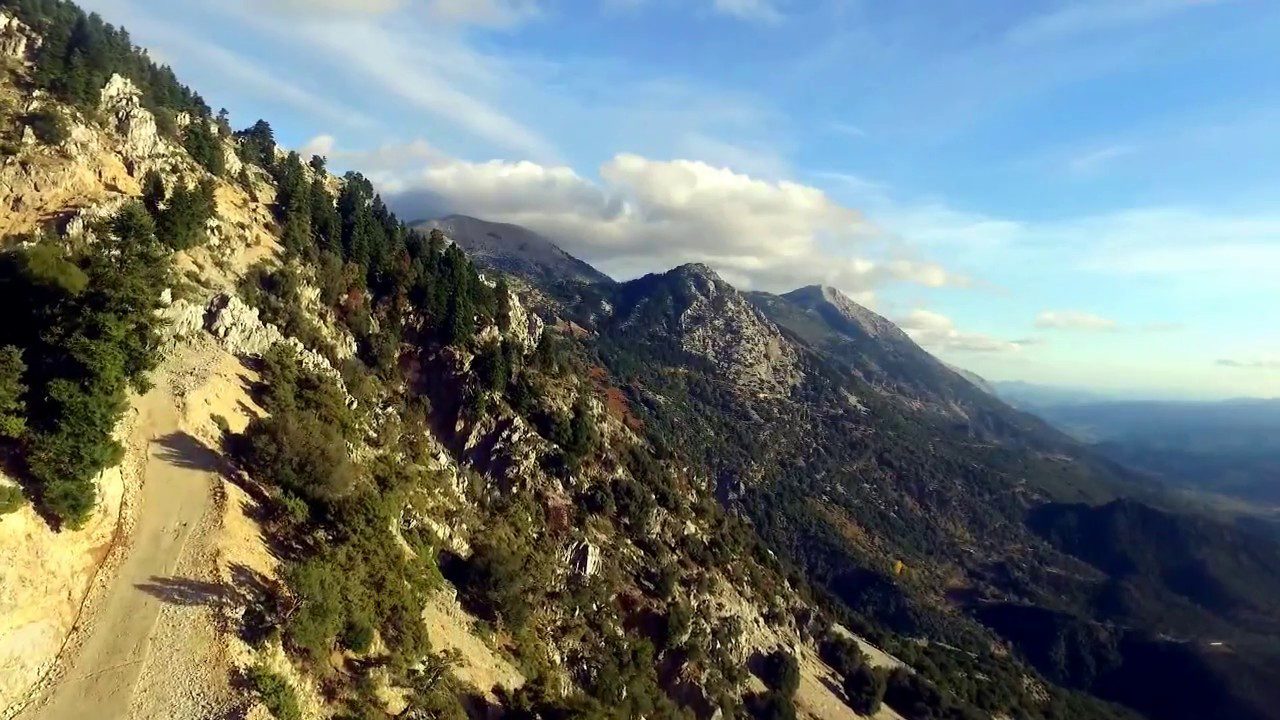
Because the road can become exceedingly slick when it rains heavily, and there are no concrete barriers, there is also a very significant risk of slipping off the roadway. The road is riddled with potholes, which would be the least of your worries.
State of Alabama: Route 431 (Highway to Hell)
The Alabama stretch of Route 431, sometimes known as the Highway to Hell, has had a lot of traffic incidents throughout the decades. The numerous monuments and wayside markers that line this lengthy north-south major highway are very clear evidence.

They’re there to warn future drivers how so many people have already died on this destructive path and to serve as a reminder to be exceedingly careful when going through. No experience is worth your life. Please drive with caution.
Bolivia: North Yungas Road
When it concerns extremely treacherous highways, the Yungas Road in Bolivia is unrivaled. Several adventure addicts are drawn to this road, which is little under 50 miles in length. Since 1994, up to 300 individuals reportedly have died each year while heading down “The Road of Death.”
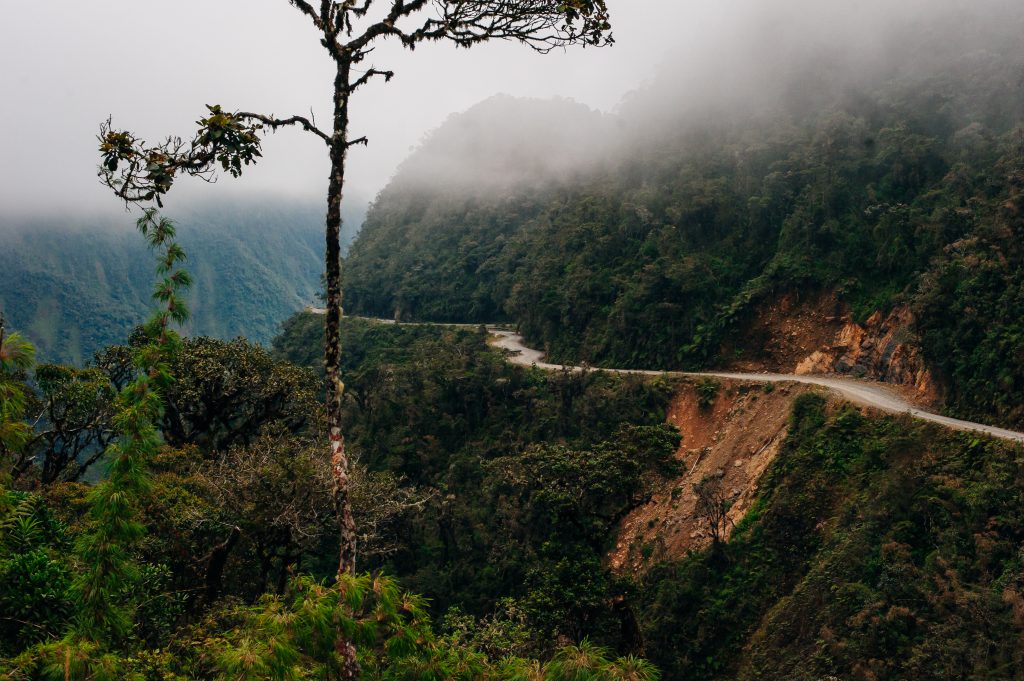
Despite current attempts to make Yungas safer, numerous buses and vehicles continue to crash down its cliffs. The South Yungas Road is likewise exceedingly hazardous. These kinds of statistics really make us wonder whether the adrenaline rush is worth it.
Iraq: Highway 80
Highway 80 in Iraq, which runs from Kuwait City to Basra, is (also) nicknamed the “Highway of Death.” It is with good reason. It’s been the site of a series of US military interventions against Iraqi tanks and vehicles. Between 200 and 1000 people are thought to have died there.
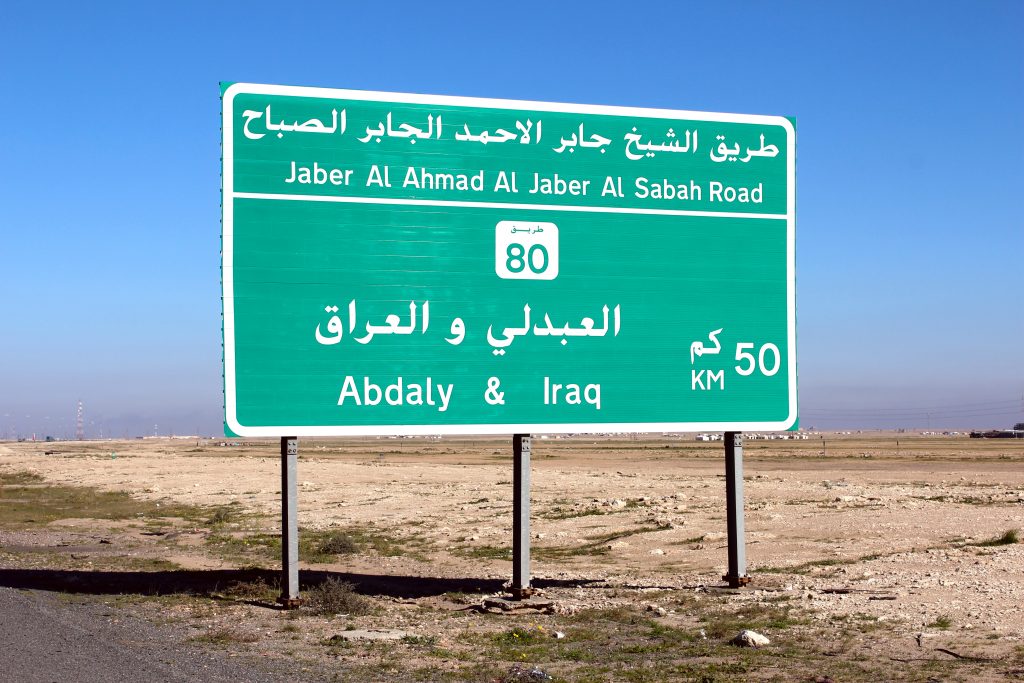
On both sides of the street, there is now a cemetery of vehicles. Iraq still is aware of the impacts and citizens have sort of avoided this road in the last few decades, despite the fact that this road is not especially dangerous.
India: Zoji La Pass
Whereas many people prefer to travel the picturesque road, it’s difficult to appreciate the scenery if there are no concrete barriers to safeguard people against falling down a mountain. In India, the Zoji La Pass is a notable illustration of this concept.

Notwithstanding its shabby construction in the Himalayan foothills, numerous villagers use this route to get to and from work. Let’s admit it; once you have to utilize a path that runs across the world’s largest mountainous region, you might consider moving.
Afghanistan: Kabul-Jalalabad Highway
The Kabul-Jalalabad Highway, at 89 miles in length, is among Afghanistan’s longest and most misleading routes. This should not come as a shock that this roadway attracts a large amount of traffic, with jagged mountains and chunks of rubble at every bend.
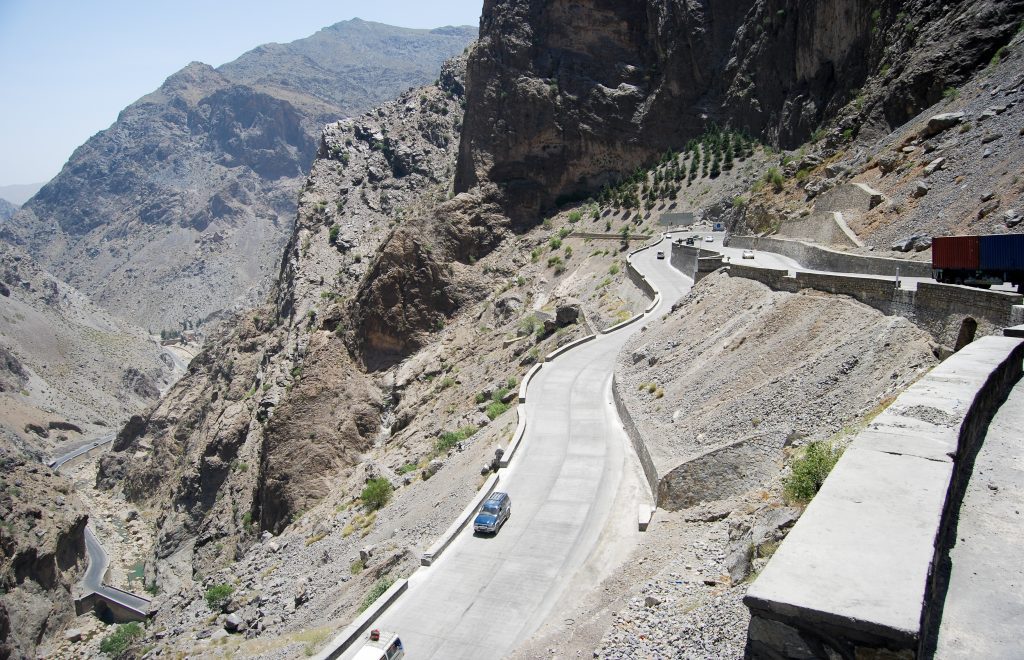
Guardrails are almost non-existent. Also, boulder slides have been reported. A tumble from one of the road’s dangerous slopes, even if it isn’t that high off the ground, will be tough to recover from. With the current condition of Afghanistan, it’s better to stay away.
Philippines: Halsema Highway
The Philippines is a perfect example of a place with much more transportation hazards than others. The Halsema Highway does have a notoriety for being poorly managed. To be honest, it requires a tremendous amount of upkeep, so we get it.
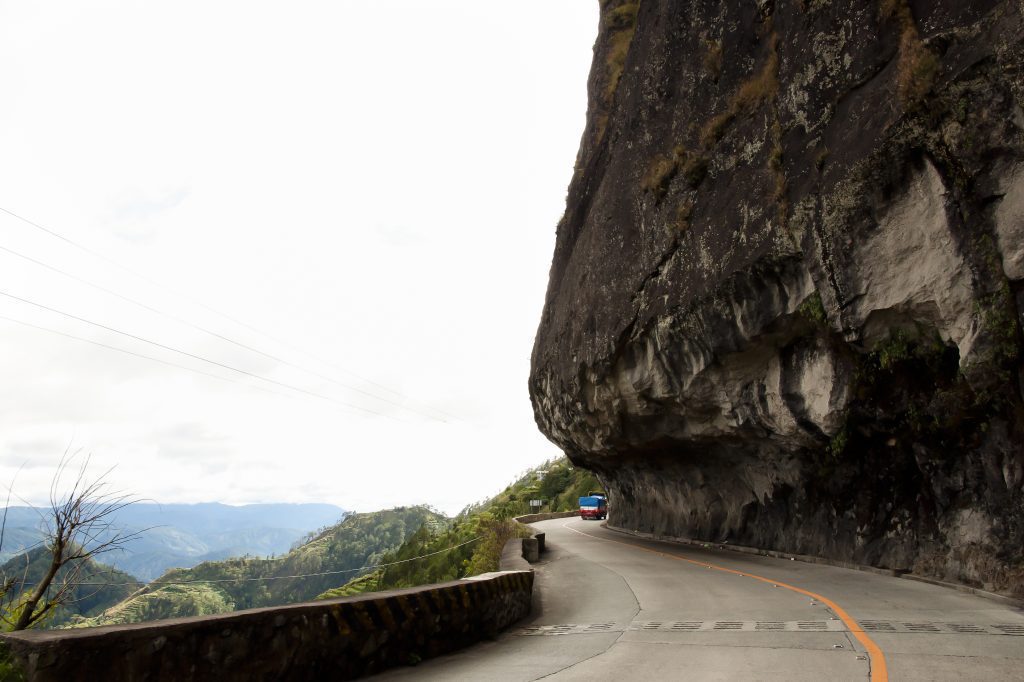
Particularly given the numerous landslides that plague this corner of the earth. Given the limited transportation options, many people are obliged to take Halsema to travel to the famed Sagada area. Annually, either one or two buses collide with the highway’s brink.
Pakistan: Fairy Meadows Road
Although Fairy Meadows Road may sound like a delightful route to travel down on a gorgeous spring day, face the facts: there aren’t too many fields and no fairies. This six-mile route, situated close to Nanga Parbat, is not for the faint of heart.
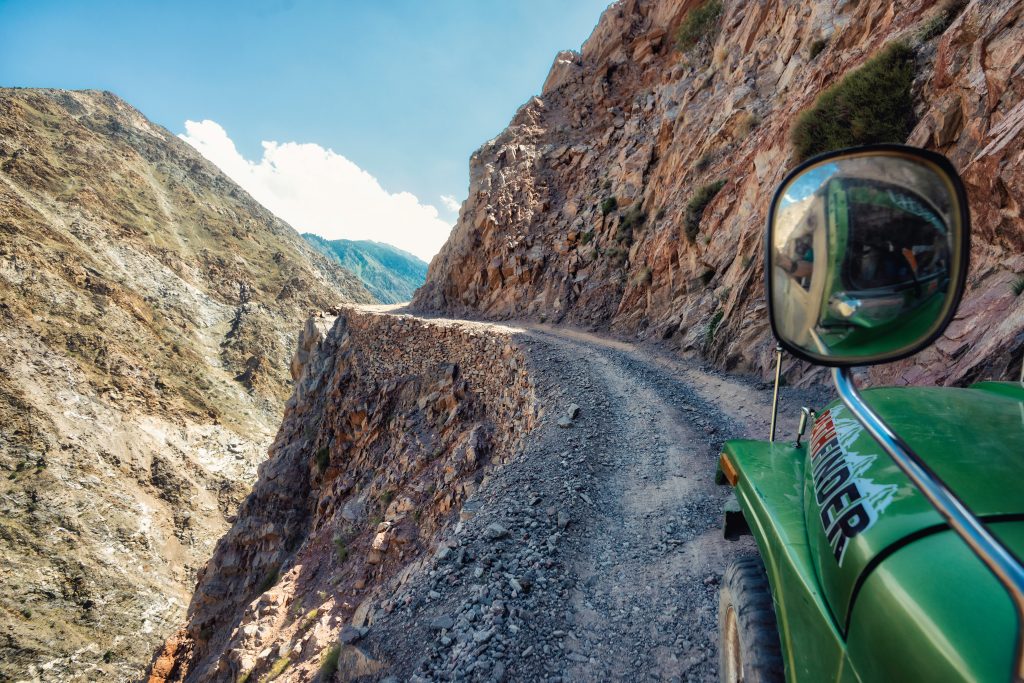
Locals, on the other hand, appear to be doing an excellent job of navigating the challenging environs of Fairy Meadows Road. We recommend avoiding this one because it receives almost no maintenance and has no health and security restrictions. And, of course, no guardrails.
Australia: Canning Stock Route
Sure, there aren’t any spectacular vistas here. The 1,150-mile route is among the most isolated on the globe. From start to end, it will require approximately two to three weeks. Traveling in the heat is dangerous; thus, motorists are encouraged to go in multi-vehicle caravans.
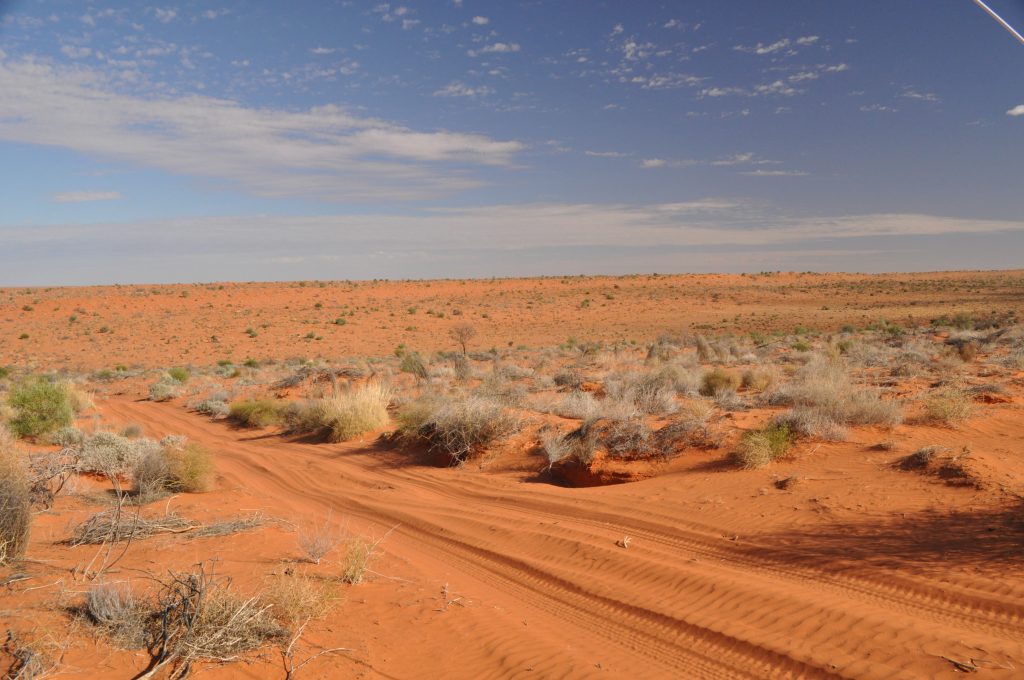
At the beginning of the century, the stock route was suggested as a mechanism to disrupt west Kimberley cattlemen’s stranglehold on the beef trade. We can’t even imagine how those people managed to traverse this terrain without modern life-saving technology.
Morocco: Tizi-n-Test pass
In the High Atlas Mountains exists Tizi-n-Test, a tiny passage. It is a road that connects Marrakech to Taroudannt and runs through the pass. A historic inscription at 2,093 meters (6,867 feet) on the pass testifies that the roadway was built between 1926 and 1932.
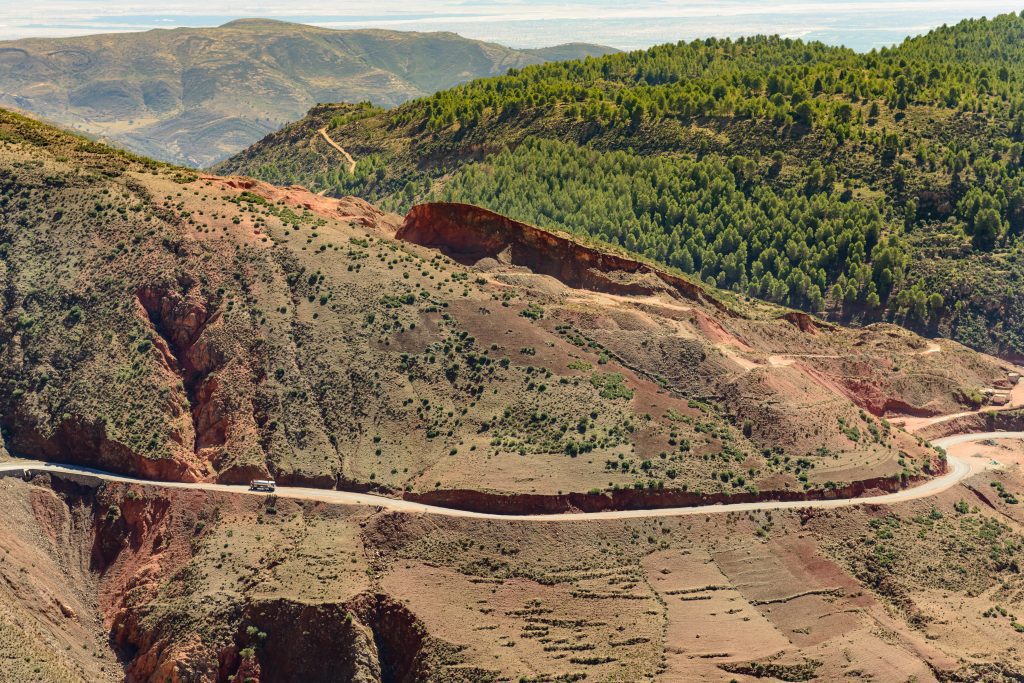
Asni, Ouirgane, Talaat-n-Yacoub, and Tin-Mal are all connected by this one road. The 1,600-meter drop from the high pass to Taroudannt is challenging. So unless you are attempting this with a knowledgeable local guide, we very strongly advise against it.
State of Arizona: The Apache Trail
So, there is no disputing that Arizona’s Apache Trail is among the most stunningly beautiful drives in the country, but elegance comes with a cost! What cost? Assuming navigating switchbacks throughout an open mountainside does not give you an adrenaline rush.
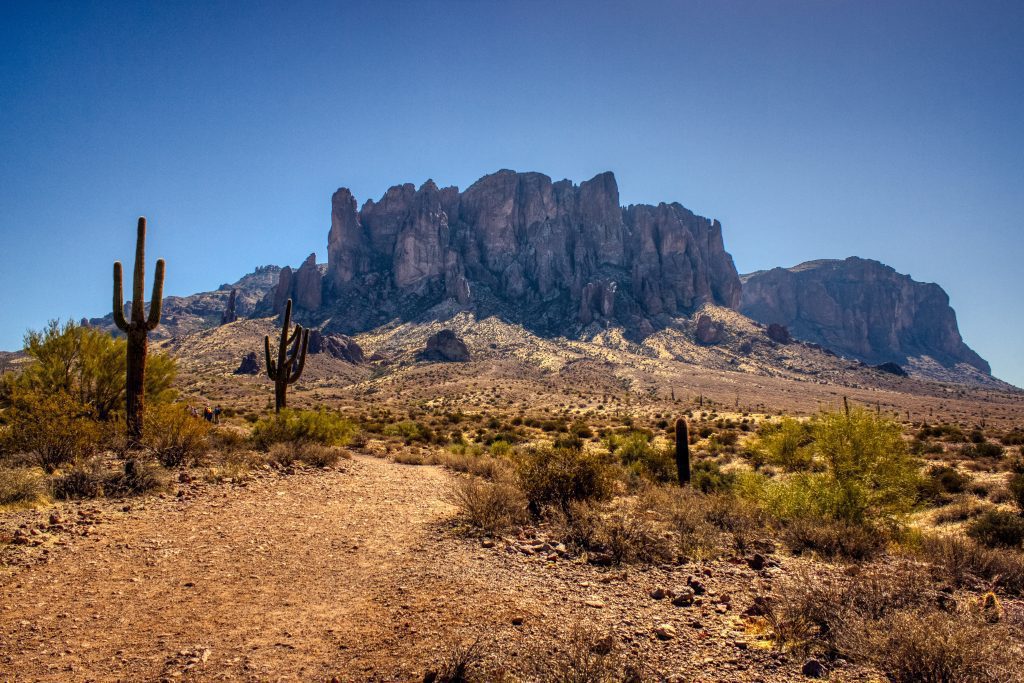
And through the Superstition Mountains, the Apache Trail runs. To prevent falling off a cliff (note the lack of guardrails!), the driver must maintain tremendous concentration and drive at a slow speed. That would be an ultimate test of endurance.
Indian Union Territory of Ladakh: Khardung La
Khardung La is a pass that runs through a mountain range in India. The route reaches a maximum altitude of 17,359 feet. It’s frequently misidentified as the world’s highest pass accessible by a vehicle. Actually, it’s not accurate as per the current records.

Khardung La is nevertheless well-known and regarded as a deadly mountain. If indeed the prospect of a rock avalanche crushing your vehicle isn’t appealing, consider taking a different path. As we have seen so far on this list, the scenery isn’t worth one’s life. We have pictures.
Japan: Eshima Ohashi Bridge
The Eshima Ohashi Bridge is a Japanese rigid-frame bridge that spans Nakaumi Lake and links Matsue, Shimane Prefecture, and Sakaiminato, Tottori Prefecture. It was constructed between 1997 and 2004, and it really is Japan’s as well as the world’s largest rigid-frame bridge.
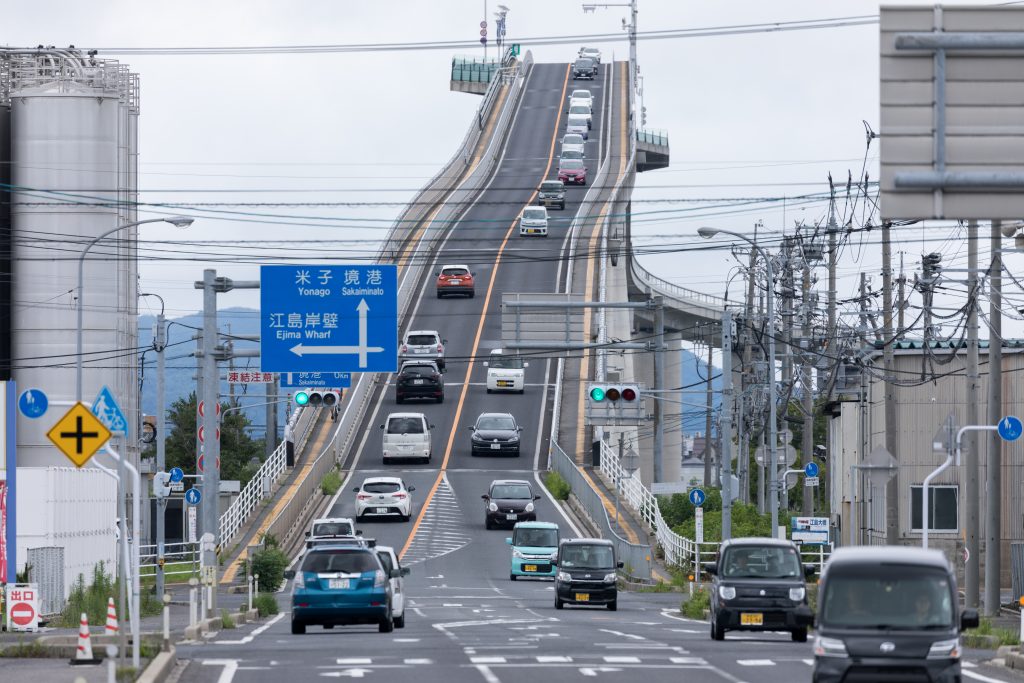
Although the bridge is short in length, it has a significant height climb – and it ascends quickly. You’ve been forewarned if you’re terrified of heights! It kind of looks like a bridge to heaven when you look at it from an angle.
Romania: Transfăgărășan
Transfăgărășan, Romania’s tallest route, entices vehicles with the prospect of breathtaking views, but this should be approached with extreme caution. Transfăgărășan climbs to a height of 6,699 feet and is peppered with abrupt downhills, lengthy S-curves, and tight twists.

The typical speed limit is 25 miles per hour owing to the hills, but thrill-seekers frequently go faster. The roadway, which was mostly constructed by army personnel. It came at a significant human and financial expense. You can imagine why when you have a look.
